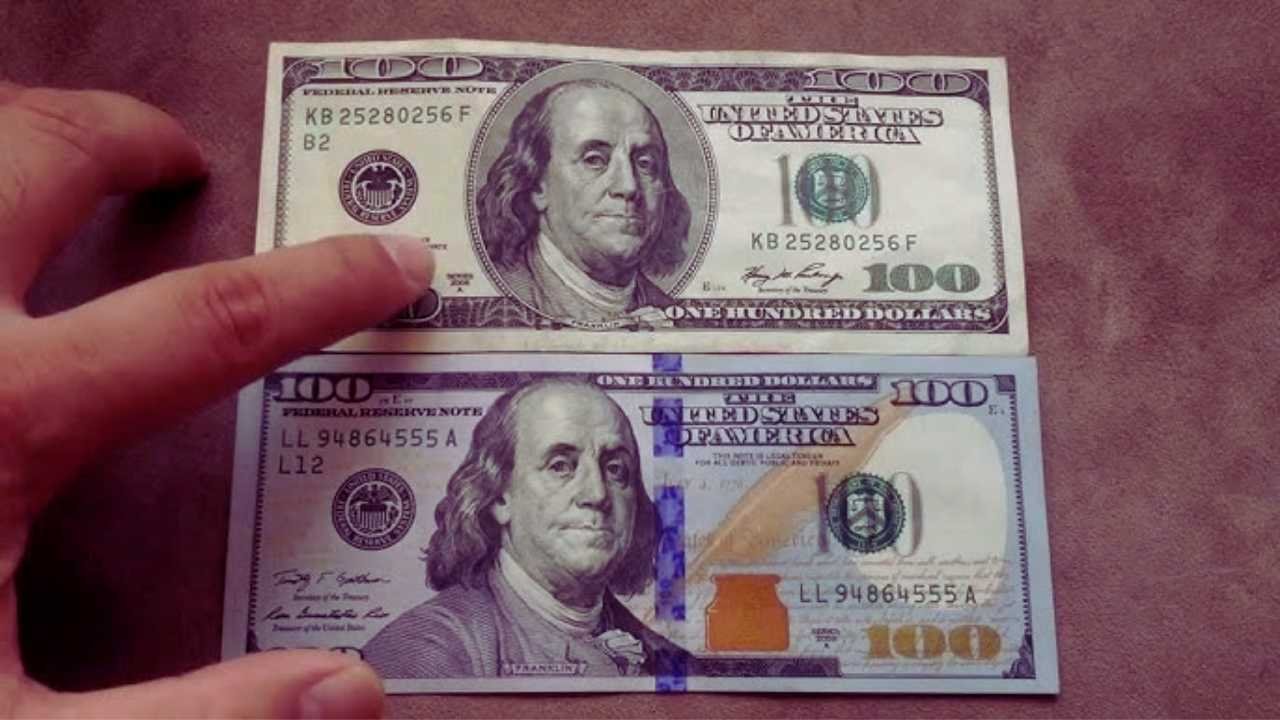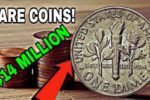A Surprise in Your Cash
Imagine finding a dollar bill in your wallet worth thousands! That’s what happened with a rare mule note, a special kind of U.S. currency that sold for $6,000 at auction. Mule notes are printing mistakes where the front and back of a bill use different plate sizes, making them a collector’s dream. These quirky errors are rare, and sharp-eyed collectors are always hunting for them. One recently caught attention, and it’s got people checking their cash for hidden treasures.
What Makes a Mule Note Special
A mule note happens when the U.S. Mint uses mismatched printing plates for a bill’s front and back. Usually, the plates have matching number sizes: micro (0.6 mm tall) or macro (1 mm tall). A mule mixes these up, like a micro number on the front and a macro on the back. This error often comes from using old plates with new ones, especially during changes in the 1920s and 1930s when smaller bills were introduced. The note that sold for $6,000 was a 1922 $10 Gold Certificate (Fr# 1173m), graded PMG 66 Gem Uncirculated EPQ, showing how these mistakes can turn into big bucks.
How to Spot a Mule Note
Finding a mule note takes a keen eye. Look at the plate numbers, usually found near the edges of a bill. On one side, they might be tiny (micro), and on the other, larger (macro). This mismatch is the key. Mule notes are most common in bills from the 1920s to 1950s, especially 1928 and 1934 star notes. If graded, a mule might have a lowercase “m” in its Friedberg number on the label, but not always. Check old $1, $5, or $10 bills, as these often hide mules.
Key Features of Mule Notes
Here’s a quick guide to help you spot a mule note:
| Feature | Mule Note Characteristics | Where to Look |
|---|---|---|
| Plate Numbers | Micro (0.6 mm) on one side, Macro (1 mm) on other | Near edges or corners of bill |
| Common Series | 1928, 1934, especially star notes | Check $1, $5, $10 bills |
| Grading Label | May have “m” in Friedberg number | On professional grading slab |
If you think you’ve got one, don’t fold or damage it take it to a currency expert for grading.
Why Collectors Love Them
Mule notes are a piece of history, showing how the U.S. Mint adapted during big changes in currency printing. The $6,000 sale of the 1922 $10 Gold Certificate proves their value, but some mules, like rare 1928 star notes, can fetch thousands more. Collectors love the thrill of finding these errors, especially since they might still be in circulation. A 1963 $1 Federal Reserve Note mule sold for a few hundred, showing even common bills can surprise. Stories of people finding mules in everyday cash keep the hunt exciting.
Start Checking Your Bills
Next time you get change, take a second to look. That $1 or $10 bill could be a mule note worth way more than its face value. Grab a magnifying glass to check plate numbers and compare sizes. If you find a mismatch, get it checked by pros like PMG or PCGS. Even if you don’t strike it rich, hunting for mule notes is a fun way to connect with history. Who knows? Your next dollar could be a $6,000 treasure waiting to be discovered.




